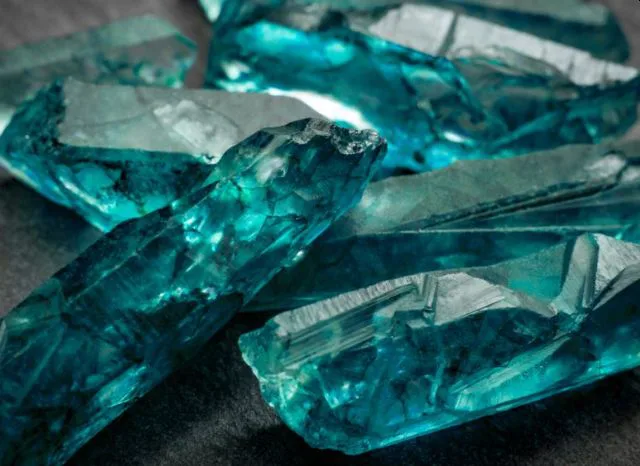Amongst all the amazing properties of graphene, morphing light into action is best of all. Serendipitous discovery of the material had surfaced its remarkable properties like robustness along with high electric and head conduction in flat structure. Yongsheng Chen at Nankai University in Tianjin, China along with his team has been working on to see if the same effect could also be seen on the bigger lattice arrangements of carbon.
Movement in graphene sponge
At the beginning of this year, the same team had worked on graphene sponge, a spongy substance created by blending crumpled sheets of graphene oxide. During the process of cutting graphene sponge with a beam of laser, they observed propulsion of material by the light. They find it li’l weird because laser have been known to push individual molecules around from the point of observation but this time, the entire sponge had shown movement, which they were sure was large relatively.
In order to see it more accurately, the team placed a few bits of graphene sponge in vacuum and introduced laser beams of diverse wavelength and intensity. The effect was same in fact, the sponge moved to about 40 cm. Not only this, the same sponge also showed propulsion when shot with sunlight through lens.
Researchers concluded that the photons sequentially transmit momentum to one another, which makes the material move. This effect would be substantially more in vacuum of space where it can give enough propulsion to move a spacecraft.
Photons alone not responsible for the propulsion
On the 20th of this month, the Planetary Society in Pasadena, California conducted a small sail test to verify the technology and the team rebutted that the forces involved were too huge and it is impossible to come from photons alone. Along with this, they also invalidated the effect of vaporizing and splitting of carbon atoms from graphene.
On the contrary, they postulated that by drawing up laser energy, graphene itself creates a charge of electrons. Finally, it reaches a point where it can’t hold enough and consequently, some electrons are released thus propelling the sponge in an opposite direction.
Researchers envision using this approach in creating light-powered propulsion system for spacecraft as it can easily beat solar sails. With this we could see the possibility of graphene-powered spacecraft, where fuel would be a think of past for rockets but we need to wait a lot to see its practical viability.




